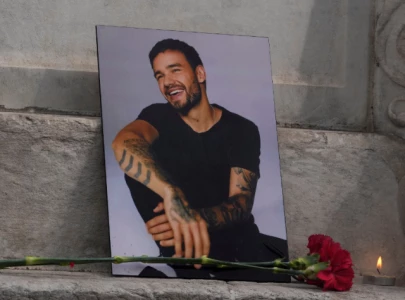
In the tribal contexts, Pakistani forces should consider the utilisations of weapons used in a low-intensity conflict, besides saturation of an area with ground troops. Sustained, consistent "minimal use of force" should be a guiding principle, rather than a protracted heavy firepower driven campaign. In this respect, troop deployment to provide physical security to locals is important; this troop presence can be utilised to carry out intensive, ‘area-domination’ patrols. In order to counter the threat from IEDs and landmines, a weapon of choice for the terrorists, it is advisable to maintain unpredictable routines and conduct vigorous cordon-and-search operations (CASO); this has the dual advantage of securing built-up areas near roads and communications corridors. The Pakistani troops can utilise CASO and area-domination patrolling strategies, which will also have the effect of protecting military convoys that have traditionally been an easy target for insurgents in Fata and Balochistan.
It is important to have benchmarks in place to assess whether the COIN regime has lent stability to an area or not; this will also ensure that adequate monitoring of a ‘cleared’ area takes place. A proposed model is the ‘ladder of escalation’ proposed by Joshua T White; this progresses from control by the local civilian authorities at the start of the ladder to military intervention the higher one goes up the ladder, in order to identify gaps in that process that can be addressed in advance. These plans should attempt to answer questions like: who responds in this region, and how, and within what period of time if: a) a police station is bombed? b) a small group of locally-known “Taliban” begins threatening businesses or politicians? c) unknown “Taliban” (perhaps, from Waziristan, Punjab, or elsewhere) begin threatening local institutions? d) large groups (20 or more) of “Taliban” engage police or paramilitary forces? e) militants begin shuttering girls’ schools? f) local militant groups begin using widespread radio propaganda? etc.
Utilising the “ink spot” principles of the COIN theory, the state may find it advisable to implement and sustain small ‘clear, hold and build’ areas within Fata, since in the short to medium-term, it does not seem possible to implement this regime throughout Fata till the Taliban insurgency is effectually crippled. By assuring distributive social justice while respecting local traditions, the state stands to regain some of its lost credibility; these ink spot areas could then be expanded in response to COIN successes on ground. One of the ways that this could be accomplished might be in the form of a phased COIN regime; first, the military would need to clear and secure the area, ensuring the safe return of an interim civilian administration. This administration would need to be given the capability and support to be fully entrenched and be able to take care of the citizens before the military leaves. Subsequently, a fully functional civil administration and the police will return to the secured area. Then, the community and political leadership, accompanied by local opinion leaders, should come back and take control of their communities. The local defensive mechanisms along with the police would need to be strengthened in order to provide defence in collaboration with the army in the medium to longer-term. It has to be remembered at all times that the counterinsurgency should be treated as an ongoing effort to combat a whole spectrum of imperatives of an ideological, political, military, socio-economic and humanitarian nature.
Garrisoning and semi-permanent military deployment may be a panacea for the short-term, but it is not the long-term answer. Police and the FC in the tribal areas have better rapport with the populace, but paradoxically are incapable of holding out against the insurgents on their own. There does not seem any long-term strategy to secure the area with the help of a better trained police and paramilitary force. The COIN challenge here would be to equip and train police and paramilitary forces simultaneously with ongoing operations, in order for army units to ‘hand over’ cleared areas to these more ‘legitimate’ forces in the medium to longer term. Protraction of the conflict will have dire results for Pakistan, which has to be avoided at all costs.
Published in The Express Tribune, June 21st, 2013.
Like Opinion & Editorial on Facebook, follow @ETOpEd on Twitter to receive all updates on all our daily pieces.
COMMENTS (4)
Comments are moderated and generally will be posted if they are on-topic and not abusive.
For more information, please see our Comments FAQ

1731028448-0/Untitled-design-(37)1731028448-0-165x106.webp)











@Arsalan:
You are on mark.The USA is now following its Plan B. Support and arm the opposition, why se own military when others can do it for you, as long as there is a destabilisation in the region.
Rex Minor
These western textbook theories dont work in Tribal areas nor in Afghanistan. Parroting does not work here. Had it worked, US would not have begged Taliban to start talks.
The Americans (re)learned lessons in Iraq, whereas during the Surge American forces lived among the population in countless interdependent locations instead of retreating to fortified bases every night! When this tactic was adopted the Iraqi civilian tips about locations of bad guys greatly increased in quality and quantity, which then enabled the "special operations" forces to raid the militants locations at night and just "disappear" the bad guys, leaving nothing behind except empty rented homes for the neighbors to find the next day! The key element here is that the bad guys were not put in jail but instead put in the ground!
Very productive piece of the day.